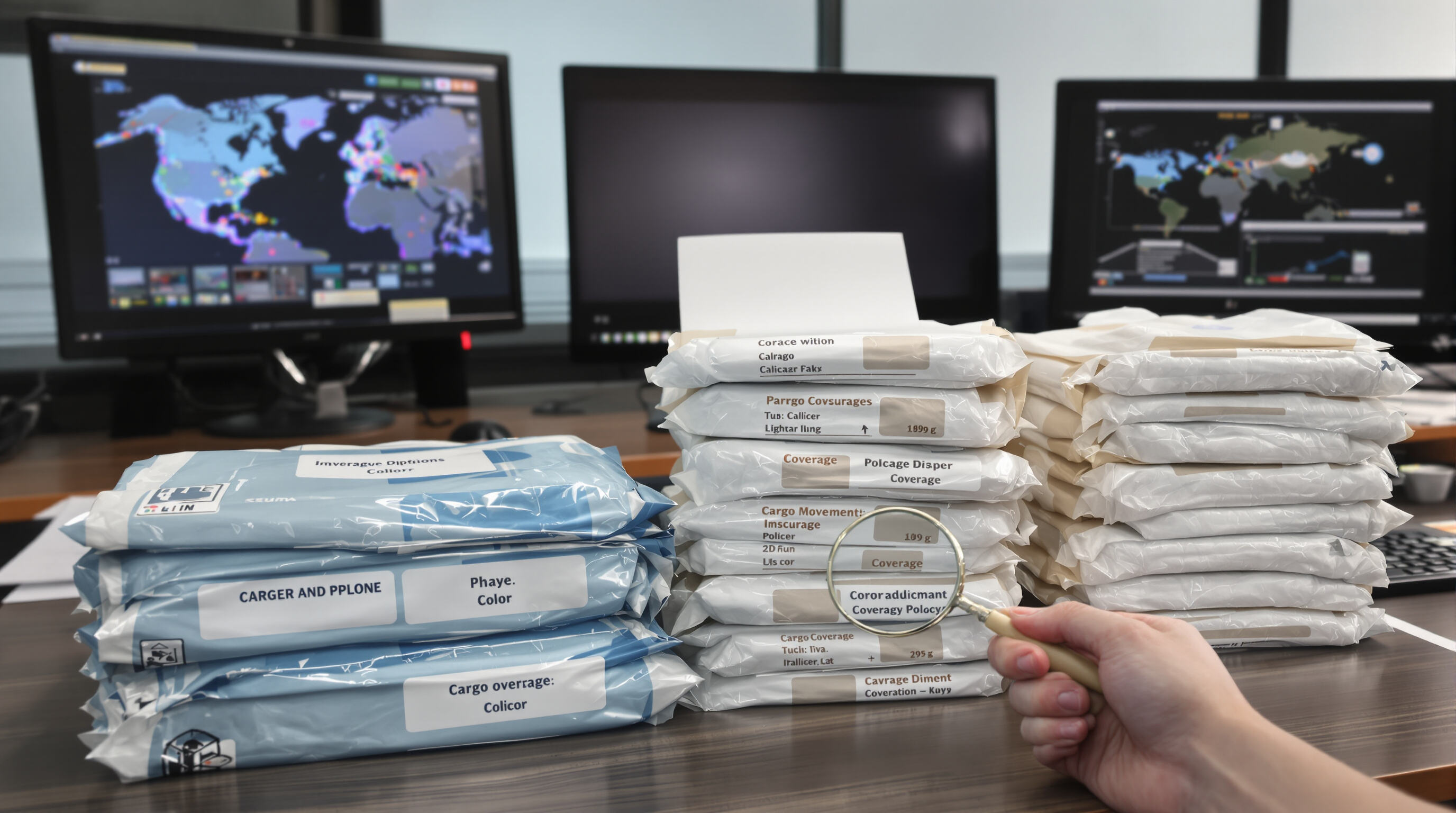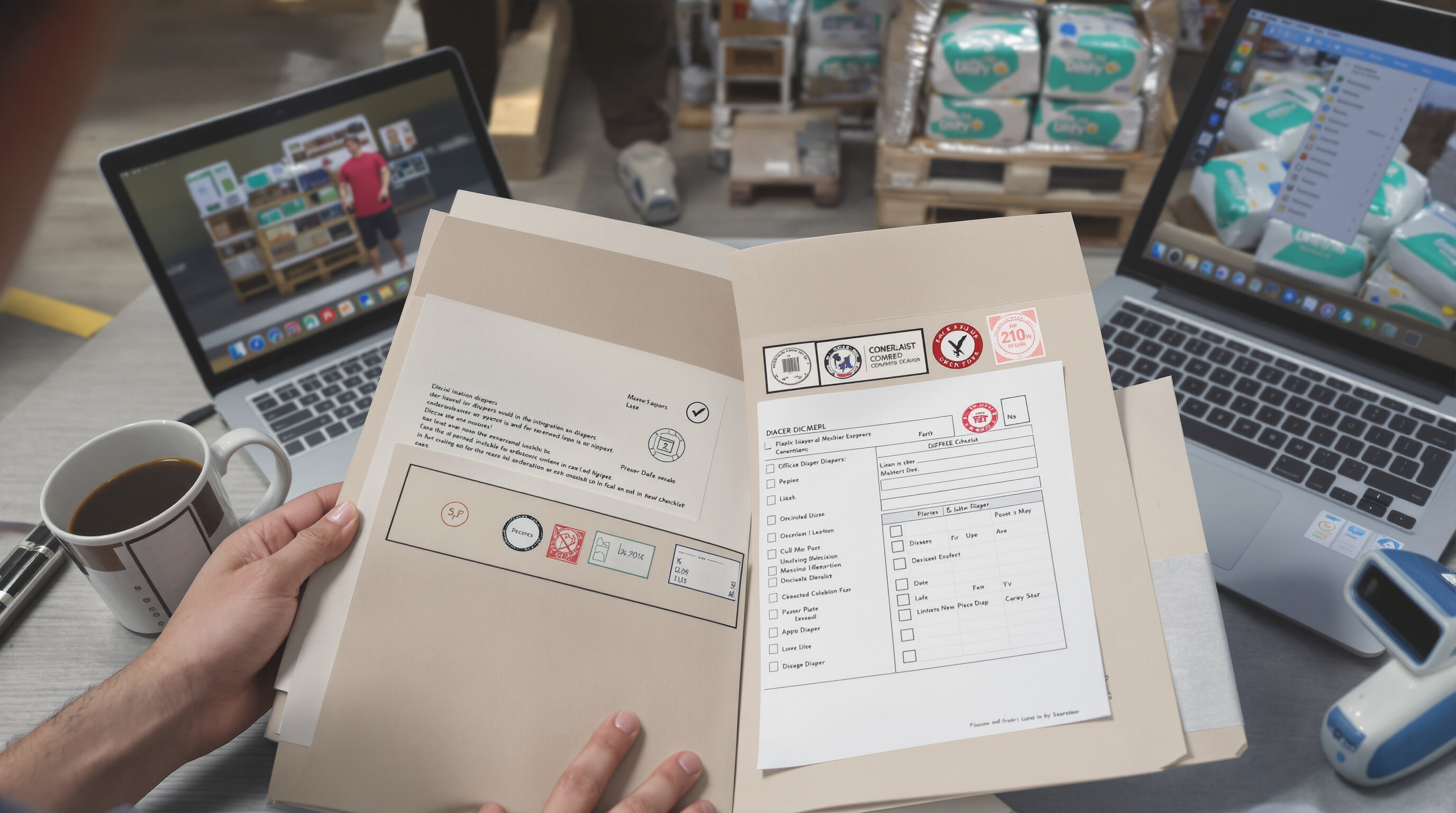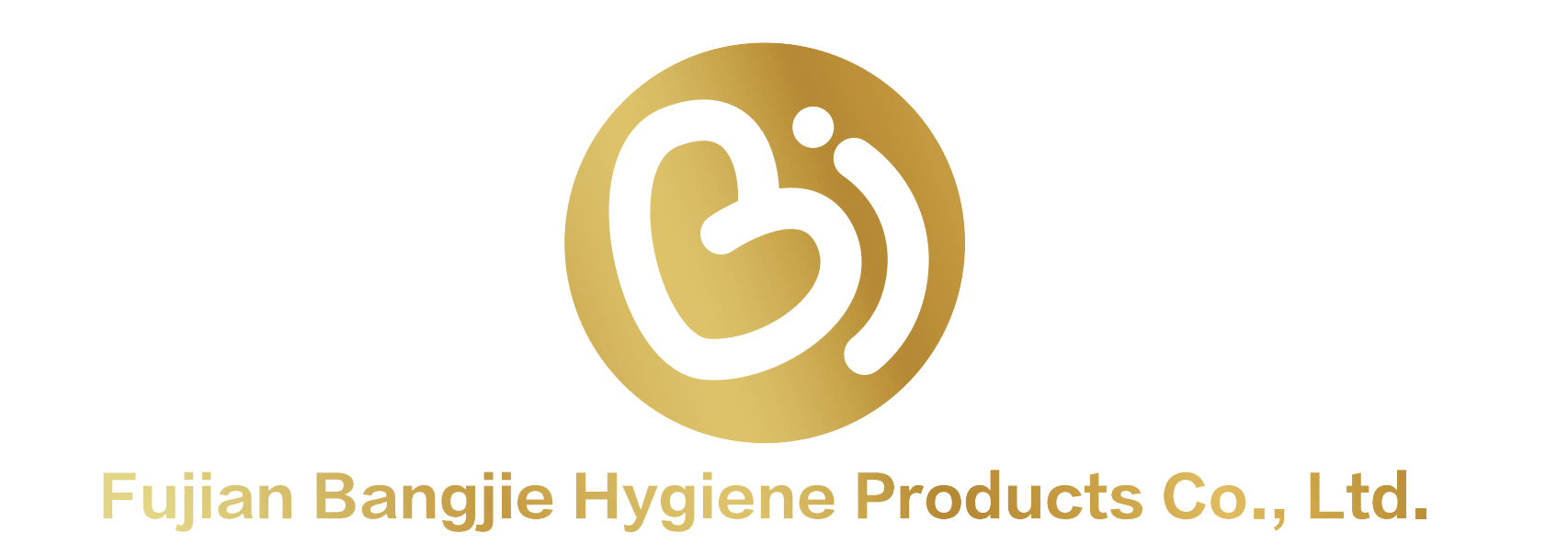Options d'assurance logistique pour les cargaisons de couches jetables de grande valeur
Comprendre les risques spécifiques liés au transport de couches jetables de grande valeur
Vulnérabilités dans l'expédition internationale des couches jetables
Le transport des couches jetables de grande valeur pluies pour bébé jetables présente plusieurs défis uniques en chemin. Les variations de température à l'intérieur des zones de chargement peuvent effectivement dégrader les matériaux très absorbants utilisés dans les couches modernes, et lorsque les niveaux d'humidité changent pendant le transport maritime, l'emballage lui-même peut commencer à se détériorer. Selon les données du dernier rapport sur les risques logistiques publié en 2024, environ un tiers de toutes les expéditions de couches rencontrent un type quelconque de problème environnemental qui dépasse ce que les fabricants considèrent comme acceptable. Les choses deviennent encore plus complexes lorsqu'on traverse les frontières. Au début de cette année, près de 28 pour cent des retards douaniers étaient liés à des classifications incorrectes des produits d'hygiène, ce qui signifie que les colis restent plus longtemps en attente et risquent d'être endommagés. Des études récentes sur les chaînes d'approvisionnement montrent toutefois que de nouvelles technologies de surveillance améliorent la situation. Ces systèmes informent presque immédiatement le personnel de l'entrepôt en cas de problème lié aux conditions de transport, permettant généralement de détecter les anomalies dans les huit minutes suivant leur survenue.
Fréquence et Coût des Dommages aux Marchandises dans la Logistique des Couches Jetables pour Bébés
L’analyse de TT Club en 2023 révèle qu’1 expédition de couches sur 12 subit des dommages coûtant plus de 7 500 dollars par conteneur. Les causes principales incluent :
- Dommages par compression dus à un empilement incorrect sur les palettes (42 % des cas)
- Infiltration d’eau pendant les transferts multimodaux (33 %)
- Erreurs de reconditionnement lors des inspections douanières (18 %)
Sur les marchés asiatiques d’exportation, le montant moyen des réclamations pour paquets de couches écrasés a atteint 18 200 dollars l’année dernière, 60 % des pertes étant liées à des risques exclus par les polices de base pour marchandises.
Impact des Perturbations de la Chaîne d’Approvisionnement sur le Transport des Biens de Haute Valeur
Lorsque l’ouragan Otis a perturbé 23 % de la production mexicaine de couches en 2023, les expéditions redirigées ont connu un taux de dommages 37 % plus élevé en raison de transferts portuaires imprévus. Selon les données de McKinsey, les envois de couches de haute valeur subissent des délais de livraison 17 % plus longs pendant les perturbations par rapport aux biens industriels, augmentant ainsi l’exposition à :
- Augmentation de l’humidité pendant le stockage intermédiaire (+2,3 % d’absorption d’humidité par jour)
- Manipulation répétée dans 4,1 installations en moyenne
- taux de vol 28 % plus élevés dans les ports congestionnés
Gestion des risques en transit : Repères sectoriels pour les marchandises de grande valeur
Les assureurs leaders exigent désormais trois mesures protectrices pour la couverture des couches :
| Référence | Taux de mise en œuvre (2024) | Effet de réduction des sinistres |
|---|---|---|
| Capteurs d'humidité avec GPS | 61 % | 34% |
| Configurations de palettes anti-écrasement | 47% | 28% |
| Procédure de garde basée sur la blockchain | 39% | 41% |
Les bonnes pratiques combinent le suivi en temps réel avec des schémas de chargement décalés qui réduisent la pression verticale de 18 psi par rapport aux méthodes standard de superposition des conteneurs.
Options complètes d'assurance dans le marché de l'assurance logistique

À haute valeur couche bébé les envois nécessitent une assurance spécialisée en raison de leur sensibilité à l'humidité, à la contamination et aux dommages dus à la compression. Le marché de l'assurance logistique propose deux modèles principaux d'assurance :
- Polices tous risques protègent contre toutes les pertes sauf les risques expressément exclus, tels que la guerre ou un emballage inapproprié
- Polices risques nommés ne couvrent que les risques spécifiques énumérés dans les contrats, tels que le feu, la collision ou le vol
Les repères sectoriels indiquent que le coût de l'assurance tous risques représente 0,5 % à 2 % de la valeur des marchandises, contre 0,1 % à 0,5 % pour les plans à risques nommés, rendant ainsi une analyse coûts-avantages essentielle pour les envois en gros de couches.
Tous risques contre risques nommés dans l'assurance des marchandises à haute valeur
| Facteur | Couverture tous risques | Couverture au Péril Nommé |
|---|---|---|
| Périmètre de Protection | 94 % des risques courants liés au transport | 63 % des risques typiques |
| Coût de la Prime | 2 à 4 fois plus élevé | Prix de base |
| Idéal pour | Expéditions transocéaniques | Transport routier à courte distance |
Les fabricants de couches expédiant à l’international préfèrent généralement les polices « tous risques » en raison des risques complexes liés au transport maritime, tandis que les distributeurs régionaux optent souvent pour des plans au péril nommé avec des options personnalisées telles que des garanties pour dommages dus à l’humidité.
Solutions d'assurance personnalisées pour la logistique des couches
Les principaux assureurs proposent désormais des politiques hybrides qui combinent une couverture tous risques de base avec des annexes spécifiques aux couches :
- Protection contre la défaillance du contrôle d'humidité
- Clauses de responsabilité anti-écrasement pour le stockage
- Indemnisation des retards de dédouanement
Ces solutions adaptées répondent aux réalités uniques de la chaîne d'approvisionnement des couches jetables pour bébés, où un seul conteneur endommagé peut entraîner des pertes supérieures à 120 000 dollars (Global Logistics Institute, 2023). Certains fournisseurs intègrent des données provenant de capteurs IoT des dispositifs de suivi des expéditions afin d'ajuster dynamiquement les primes en fonction des conditions environnementales en temps réel.
Conformité réglementaire et risques liés à la documentation dans les expéditions internationales de couches

Conformité douanière et commerciale dans l'expédition internationale des couches jetables pour bébés
Le passage en douane nécessite une attention méticuleuse portant sur les codes tarifaires harmonisés, les certifications sanitaires et les déclarations d'importation/exportation pour les couches jetables pour bébés. Une étude sur la conformité de la chaîne d'approvisionnement en 2025 a révélé que 63 % des refus de remboursement d'assurance pour des envois de couches résultaient d'une documentation douanière incomplète, soulignant ainsi l'importance de disposer de mises à jour réglementaires en temps réel pendant le transport.
Exigences réglementaires dans les marchés clés (UE, États-Unis, ASEAN)
| Région | Exigences clés | Erreurs courantes |
|---|---|---|
| UE | Conformité aux substances chimiques REACH, tests d'absorption EN 14350 | Mauvaise classification des composants des couches |
| US | Limites en plomb/phtalates CPSIA, étiquetage de l'absorption FDA | Numérotation incohérente des lots |
| ASEAN | Conformité à la directive cosmétique de l'ASEAN, emballage sensible à l'humidité | Erreurs d'applications des codes fiscaux à l'entrée du port |
Comment les erreurs de documentation et d'étiquetage affectent les réclamations d'assurance
Six erreurs documentaires critiques annulent régulièrement la couverture :
- Certificats phytosanitaires expirés pour les couches à base de pâte à papier
- Spécification manquante de l'INCOTERM® dans les connaissements
- Fiches de données de sécurité datant de plus de 3 ans
Les assureurs constatent un délai de traitement des sinistres 42 % plus long (Audits mondiaux de l'assurance transport 2024) lorsque les expéditions ne comportent pas de documents vérifiés par blockchain. La numérisation proactive réduit les refus de sinistres de 31 % par rapport aux systèmes basés sur le papier.
Tendances commerciales mondiales influençant les besoins en assurance pour les couches jetables pour bébés
Augmentation des volumes de fret et leur impact sur les polices d'assurance transport de marchandises
Les ventes de couches jetables pour bébés devraient augmenter d'environ 5,8 % par an jusqu'en 2033, selon Globenewswire à partir de 2025, ce qui signifie que les volumes de fret maritime vont augmenter d'environ 22 % par an dans le monde entier. Avec tous ces conteneurs supplémentaires traversant les mers, les compagnies d'assurance ont dû revoir leurs politiques en matière de couvrir de grandes quantités de marchandises qui supportent mal l'humidité. Les chiffres racontent également une histoire que personne ne souhaitait entendre en 2023, lorsque les assureurs ont versé en moyenne plus de 180 000 dollars par réclamation pour les envois de couches endommagées uniquement. Une telle perte financière explique clairement pourquoi les entreprises avisées exigent désormais des clauses spécifiques dans leurs contrats pour les protéger contre les dommages dus à l'humidité pendant le transport.
Croissance sur les marchés émergents et extension de la couverture d'assurance
Le marché des couches connaît actuellement des changements rapides. Les économies émergentes représentent environ 41 % de toutes les importations mondiales de couches, et la demande en Asie du Sud-Est continue de croître d'environ 18 % par an, selon les données de l'année dernière provenant de Globenewswire. Les compagnies d'assurance ont du mal à faire face à divers problèmes liés à l'expédition des couches sur de plus longues distances, à travers des zones chaudes et humides où les ports ne sont pas toujours fiables. En outre, une analyse des données de 2024 sur les risques liés à la chaîne d'approvisionnement révèle quelque chose d'assez inquiétant. Les réclamations concernant des marchandises endommagées stockées dans des installations contrôlées en température ont augmenté de 35 % par rapport aux années précédentes dans ces régions. Cela a contraint les assureurs à repenser entièrement leur méthode de calcul des primes, notamment pour faire face à ces problèmes d'humidité qui peuvent ruiner les produits pendant le transport.
Évolutions de la demande des consommateurs et stratégies de résilience de la chaîne d'approvisionnement
Le commerce électronique représente désormais 34 % des ventes de couches à l'échelle mondiale, créant un défi double en matière d'assurance concernant les risques liés à la livraison finale et les expositions en fret maritime en vrac. Les fabricants recherchent de plus en plus des polices groupées couvrant :
- Les fluctuations de stocks pendant les périodes de forte demande
- Le transport transfrontalier de matières spéciales telles que les couches textiles respirantes
- Les mesures d'urgence liées à la fermeture des ports en raison de la pandémie
Cette diversification de la demande exige que les assureurs développent des options de couverture modulaires qui prennent en compte à la fois les risques liés à la production de masse et les vulnérabilités propres aux marchés de niche.
Stratégies éprouvées pour optimiser l'assurance logistique dans les chaînes d'approvisionnement en couches
Intégration d'une gestion dynamique des risques avec une couverture d'assurance en temps réel
Lorsque les entreprises associent des capteurs de température IoT à des systèmes de suivi GPS, elles obtiennent un meilleur contrôle sur la manière dont les couches jetables pour bébés sont transportées. Selon des recherches publiées l'année dernière dans le domaine de la logistique, les entreprises transportant des marchandises périssables ont constaté une réduction d'environ un tiers de leurs réclamations liées aux dommages lorsqu'elles ont commencé à utiliser ces outils de surveillance en temps réel au lieu des méthodes traditionnelles. Le secteur de l'assurance s'adapte également à ce changement : les plateformes numériques permettent aux assureurs d'ajuster les tarifs des primes en temps réel, en fonction de ce qui se passe pendant le transport. Si les niveaux d'humidité dépassent les seuils considérés comme sûrs pour les matériaux des couches, les assureurs peuvent intégrer directement ce risque dans leurs calculs pour les titulaires de polices.
Utilisation de l'analyse de données pour la modélisation prédictive en assurance
Le processus d'analyse avancée prend en compte 18+ variables de risque pour les expéditions de couches, notamment les schémas de congestion des ports et la fréquence des tempêtes sur les routes maritimes. Les modèles d'apprentissage automatique, entraînés sur plus de 450 000 dossiers d'expéditions de couches, atteignent une précision de 89 % dans la prédiction des retards de cargaison avant le départ. Les entreprises utilisant la modélisation prédictive signalent des coûts d'assurance inférieurs de 28 % grâce à un routage optimisé et une mitigation proactive des risques.
Partenariat avec des prestataires logistiques (3PL) proposant des solutions d'assurance cargaison groupées
Les entreprises de logistique qui gèrent des marchandises d'hygiène commencent à inclure une assurance couvrant notamment les risques liés au transport, environ 1,25 dollar pour 100 dollars de marchandises, ainsi que la protection contre les incidents survenant dans les entrepôts. Selon des études de marché récentes de 2024, les fabricants de couches pour bébés qui optent pour ces options d'assurance groupées résolvent généralement leurs problèmes de réclamation environ 40 pour cent plus rapidement que les entreprises qui conservent des polices d'assurance séparées traditionnelles. Les petites et moyennes entreprises peuvent particulièrement en bénéficier, car elles peuvent accéder à des tarifs préférentiels basés sur le volume expédié ou stocké, une possibilité que la plupart des assureurs traditionnels n'offrent pas avant d'atteindre des seuils de volume spécifiques.
FAQ
Quels sont les principaux risques liés au transport de couches jetables haut de gamme ?
Le transport de ces couches implique des risques tels que les dommages environnementaux, les problèmes douaniers et les perturbations de la chaîne d'approvisionnement. L'humidité et les dommages dus à la compression constituent des défis particuliers.
Comment les problèmes logistiques peuvent-ils être atténués pour les expéditions de couches ?
L'utilisation de systèmes de surveillance en temps réel équipés de capteurs d'humidité GPS et l'adoption de configurations de palettes anti-écrasement peuvent aider à atténuer les problèmes logistiques.
Quelles options d'assurance sont disponibles pour les expéditions de couches ?
Deux principales options existent : les polices « tous risques » et les polices « risques nommés ». Les polices « tous risques » offrent une couverture plus large mais à un prix plus élevé, tandis que les polices « risques nommés » couvrent des risques spécifiques.
Pourquoi la conformité est-elle un défi dans l'expédition de couches ?
La conformité exige une attention détaillée aux codes tarifaires harmonisés et aux certifications sanitaires, où des erreurs dans la documentation peuvent annuler les réclamations d'assurance.
Comment les assureurs s'adaptent-ils à l'augmentation du volume mondial de fret ?
Les assureurs élargissent leurs couvertures et adoptent des polices modulaires pour couvrir les risques liés à l'humidité et aux marchés émergents, qui ont augmenté en même temps que les ventes mondiales de couches.


